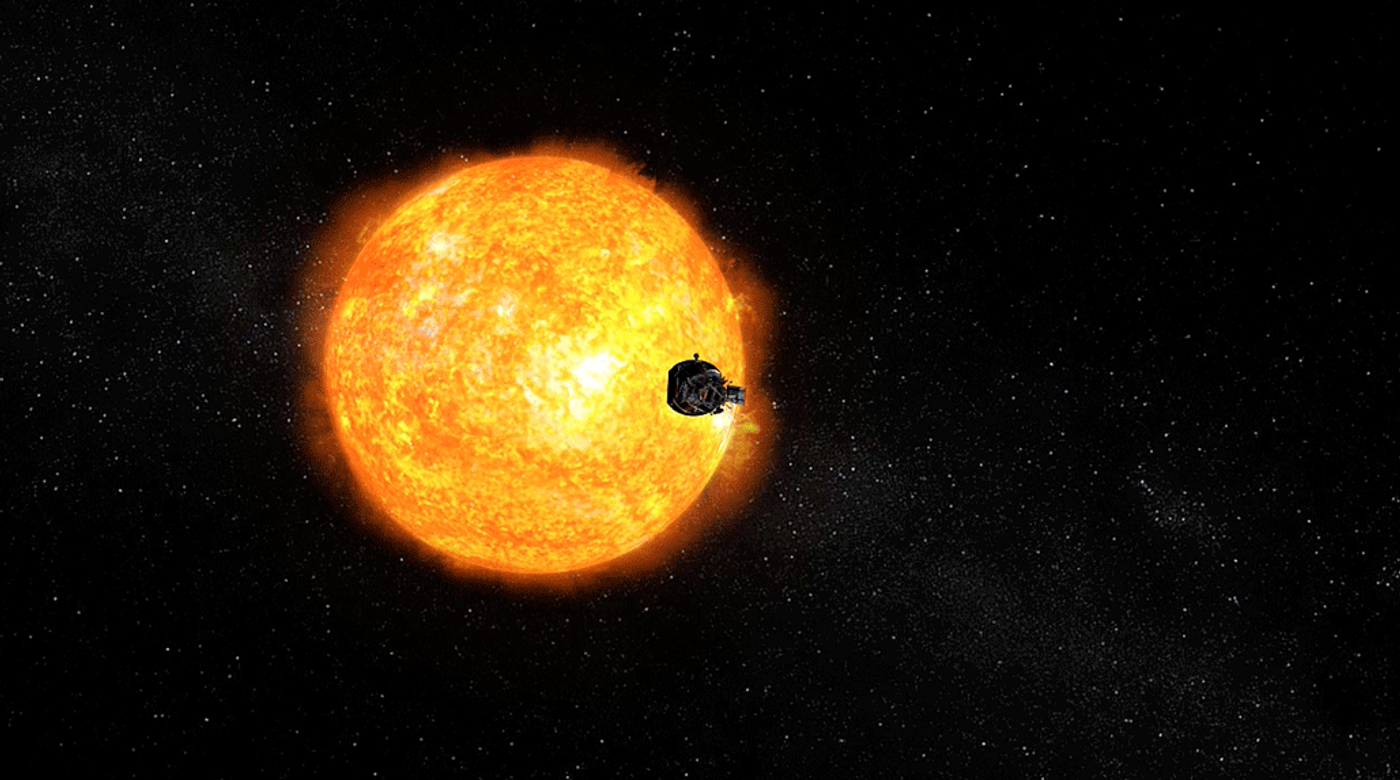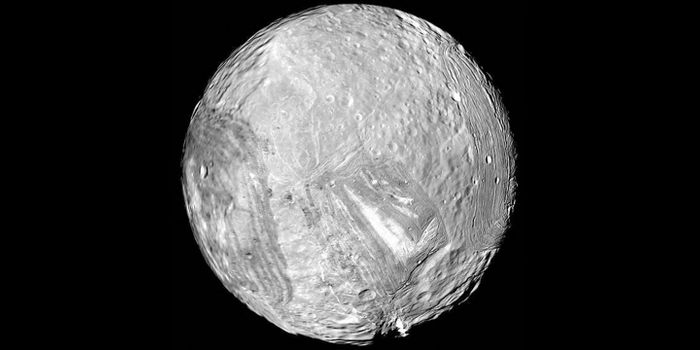NASA's Parker Solar Probe Shatters Record for Closest Spacecraft to the Sun
NASA’s Sun-bound Solar Parker Probe has been sailing through outer space for just over two months, and it’s already breaking previously-set records.
Image Credit: NASA/JHUAPL
In an official statement shared by NASA Monday afternoon, we learn that the Parker Solar Probe reached a significant milestone. At approximately 1:04 P.M. Eastern time, it got within 26.55 million miles from the Sun, closer than any other spacecraft ever sent to outer space before it.
The 26.55 million-mile mark was set by the Helios 2 spacecraft back in April 1976, meaning it has taken more than 42 years to break this record. More importantly, the Parker Solar Probe will continue inching closer to the Sun as time goes on – it’s expected to get within 3.83 million miles of the Sun by 2024.
“It’s been just 78 days since Parker Solar Probe launched, and we’ve now come closer to our star than any other spacecraft in history,” said Andy Driesman, the Parker Solar Probe Project Manager. “It’s a proud moment for the team, though we remain focused on our first solar encounter, which begins on Oct. 31.”
Related: Learn why NASA is sending a spacecraft to explore the Sun
But if that wasn’t impressive enough, it seems that the Parker Solar Probe is expected to break yet another record on Monday. By 10:54 P.M. Eastern time, it should surpass the heliocentric speed record of 153,454 miles per hour become the fastest-moving spacecraft relative to the Sun, another record set by Helios 2 more than 42 years ago.
Spacecraft engineers discern the Parker Solar Probe’s position in space and speed relative to the Sun by measuring the time it takes to receive radio signals with the Deep Space Network (DSN). Complex calculations reportedly make it possible to predict future spacecraft positions and rates of speed.
When the Parker Solar Probe reaches the Sun, it will endure hellish temperatures exceeding 2,500 degrees Fahrenheit. To insulate the spacecraft’s sensitive scientific instruments from this heat, NASA installed a revolutionary heat shield comprised of a 4.5-inch-thick carbon foam core sandwiched between two carbon composite layers.
Related: Parker Solar Probe sends back images of the Earth and Moon
The Parker Solar Probe is expected to survey the Sun for seven years or more, providing scientists on Earth with valuable data concerning the unpredictable dynamics of our host star; this is information that could potentially benefit both humanity and the Earth.
It should be exciting to hear more about the Parker Solar Probe as it closes in on the Sun. Fortunately, NASA appears to be sharing regular updates.
Source: NASA









